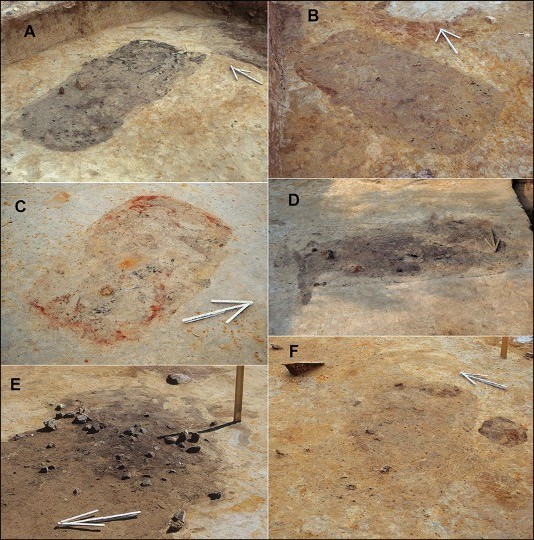
Finnish Archaeologists are on the cusp of a monumental archaeological discovery regarding a 6,500-year-old Stone Age cemetery that has puzzled experts for decades. The gravesite is located on the outskirts of the Arctic Circle in Tainiaro, Finland, and was first uncovered back in 1959.
Researchers returned to the site for further investigation in the latter part of the '80s, but the findings and data of that excursion were never brought to light. However, the Tainiaro site is now the subject of a new study that suggests it to be the largest among Northern Europe's ancient cemeteries.
New Findings in the Tainiaro Site in Finland
Initially, thousands of ancient artifacts were unearthed, and later on, researchers also discovered sandy soils that were stained with ash and striped red using ochre. That said, no skeletal remains were ever found among the shallow pits of the Tainiaro site.
In the new study published in the Antiquity journal, a team of Finnish archaeologists from the University of Oulu, led by Aki Hakonen, found new pieces of evidence that reinforce the notion that the Tainiaro site is a graveyard. According to them, the site could have up to 200 burial pits dug up by a group of Stone Age nomads 6,500 years ago.
"Even though no skeletal material has survived... Tainiaro should, in our opinion, be considered to be a cemetery site," Hakonen and his colleagues concluded in their paper.
To reach that presumption, the Oulu researchers continued the previous excavations in new untouched trenches using old records of the site as reference. Afterward, they compared side-by-side the shapes and sizes of the Tainiaro burial pits, and the objects within them, with other ancient cemeteries across Finland.

Even though buried bone material usually decays over thousands of years due to the region's acidic soils, a cavalcade of ancient stone relics, along with fragments of pots, and a couple of burnt animal bones were preserved and found littered across the Tainiaro site.
Traces of ash and charcoal were also observed within the pits, although the quantity is incomparable to other Stone Age cemeteries. The shapes of the Tainiro pits, on the other hand, held a striking resemblance to hundreds of ancient graves previously found in 14 of Northern Europe's cemeteries. A lot of these pits were shallow and had a rectangular shape with corners rounded, sized between five feet and ten inches to six feet and six inches.
Deduced from the comparisons, the team of researchers already confirmed that 44 out of the estimated 200 pits are graves. It's also worth noting that only one-fifth of the entire site has been excavated at this point. If even half of the estimated pits were graves, the researchers say that this suggests that ancient Arctic societies were larger than previously theorized.
"The notion that a large cemetery seems to have existed near the Arctic Circle should cause us to reconsider our impressions of the north and its peripheral place in world prehistory," Hakonen and his team wrote.